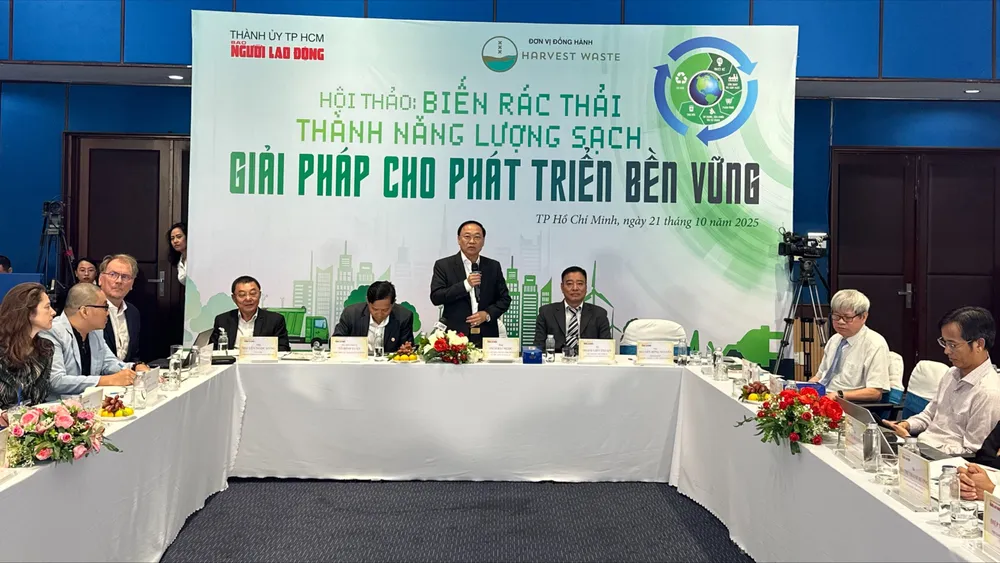
At the conference, journalist To Dinh Tuan, Editor-in-Chief of Nguoi Lao Dong Newspaper, informed that the problem of waste is no longer just a matter of the environmental sector, but a development problem for the entire country.
Every day, Vietnam produces about 65,000-70,000 tons of household waste, of which Ho Chi Minh City and Hanoi account for the majority. More than 60% of this waste is still being treated by landfill - an old and polluting method.
Meanwhile, the recycling and incineration rates are still very low, and waste sorting at source has not yet become systematic. Many large-scale waste treatment projects are sluggish due to the lack of breakthrough mechanisms and policies.
Vietnam has committed at COP26 and COP28 to achieve zero net emissions by 2050. To achieve that, it is necessary to convert the waste treatment model from landfill to high technology, have policies to encourage investment, and most importantly, change public awareness.
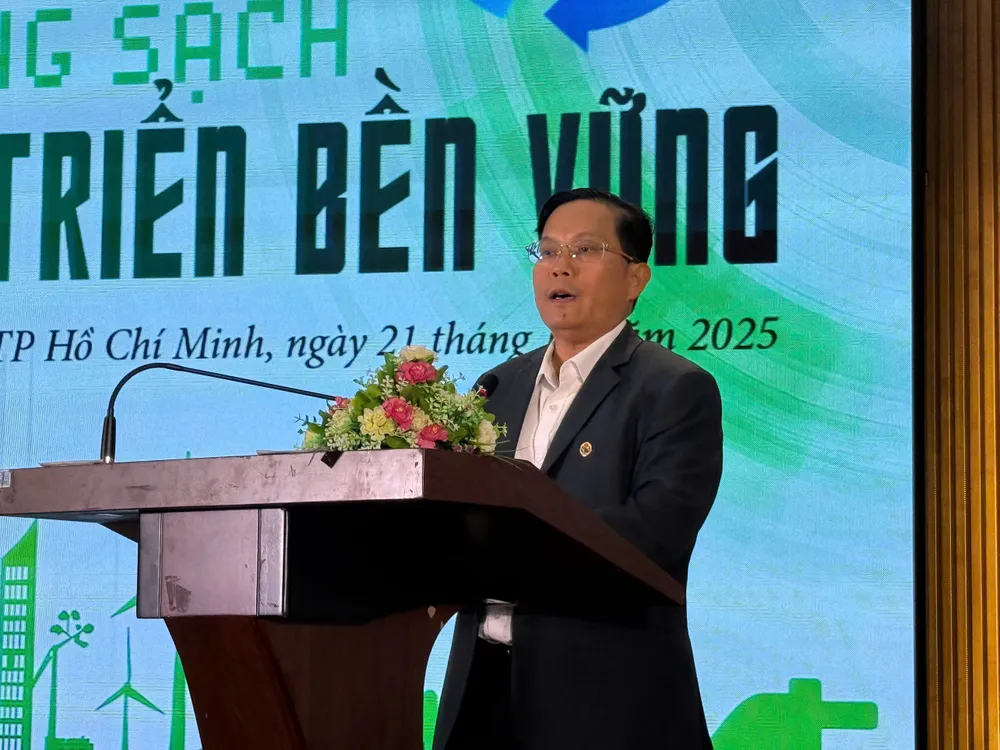
Mr. Dau Duc Hien, General Director of Soc Trang Urban Construction Joint Stock Company, shared that many localities are still applying the unit price for waste treatment from 2017, not updated according to Circular 36 of the Ministry of Agriculture and Environment, causing low costs, making it difficult for businesses to invest in equipment and technology.
Mr. Hien recommended that the Ministry of Agriculture and Environment and localities review the planning of waste treatment plants suitable for each region, ensuring regional connectivity, avoiding scattered investment and high transportation costs.
At the same time, there needs to be a stable, long-term mechanism for businesses to boldly invest in technology and equipment, improve service quality and ensure sustainability in waste treatment activities.
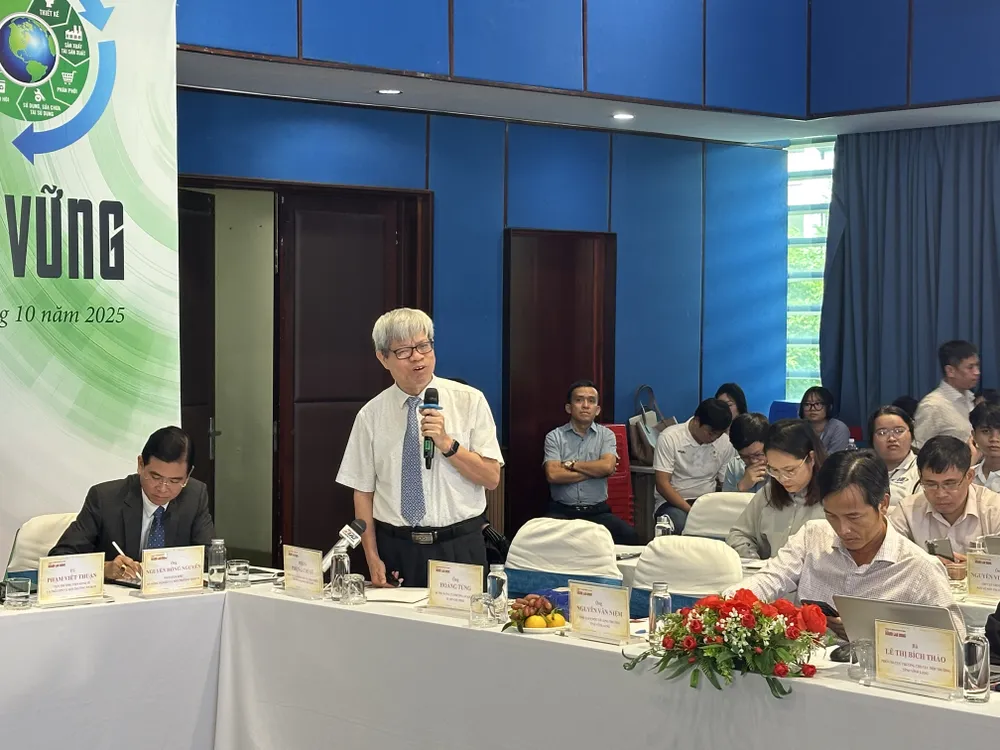
Associate Professor Dr. Phung Chi Sy, Vice President of the Vietnam Association for Conservation of Nature and Environment, also said that one of the bottlenecks in turning waste into resources is the low cost of waste treatment. Meanwhile, the more investment, the higher the depreciation.
Mr. Sietse Agema, Technology Director of Harvest Waste BV - Netherlands, said that in 2008, in Amsterdam, Netherlands, the 4th generation of waste incineration technology was launched.
Accordingly, the high-efficiency plant is designed to maximize resource recovery, becoming part of the circular economy. The technology generates 30% more electricity with the same amount of waste input and meets the strictest European emission standards. The technology also helps reduce social costs and improve air quality and people's health.
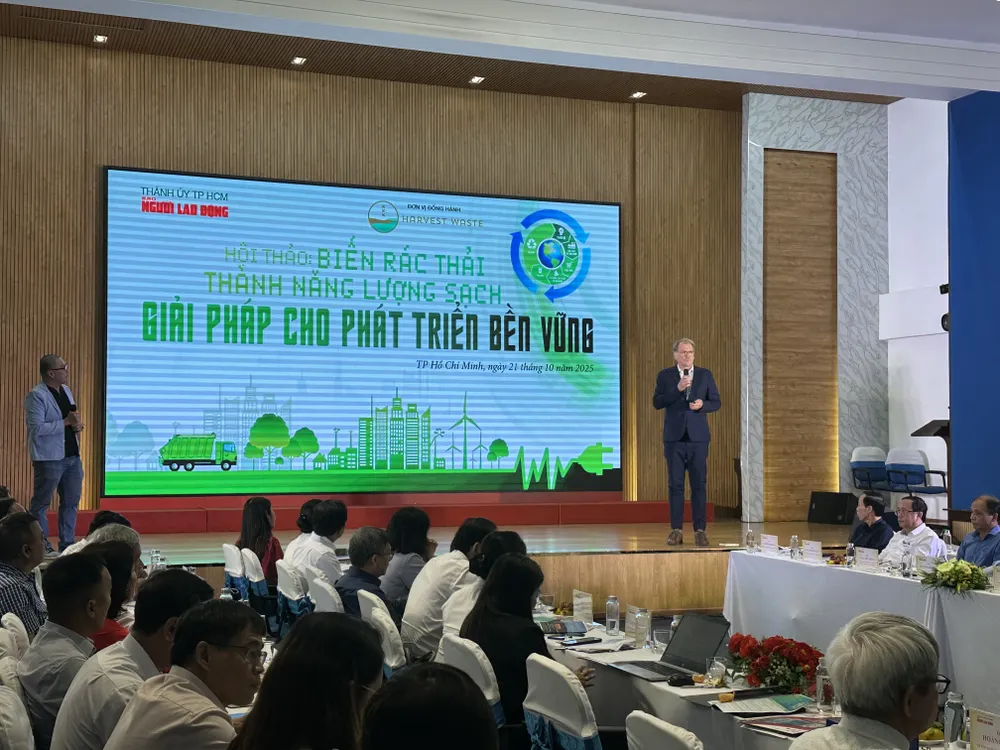
"The government does not need to make initial investments, it just needs to create suitable conditions. Revenue is based on selling electricity to buyers (under mandatory contracts), collecting waste treatment fees per ton. Regarding the financial structure, 80% is borrowed capital, 20% is equity capital. Agreements with local authorities are key to solving financial problems," said Mr. Sietse Agema.
Also at the workshop, Nguoi Lao Dong Newspaper and Harvest Waste Company Limited signed a memorandum of understanding, marking the beginning of a long-term partnership between the press agency and a pioneering enterprise in environmental technology.
At the workshop, Mr. Nguyen Hong Nguyen, Deputy Director of the Department of Agriculture and Environment of Ho Chi Minh City, said that the department will continue to advise on the implementation of tasks according to Resolution 28/2003 of the Ho Chi Minh City People's Council on regulations on criteria, standards and roadmap for converting domestic solid waste treatment technology from landfill to energy recovery technology.
Thereby, continue to encourage businesses to participate in investing in the field of waste incineration in the city.
Ho Chi Minh City is submitting to the National Assembly an amendment to Resolution 98/2023/QH15 on piloting a number of specific mechanisms and policies for city development, including waste treatment in the list of key projects and calling for strategic investors. The goal is not only to treat current waste but also to thoroughly treat the amount of waste remaining at old landfills.
However, this process also faces many difficulties in investment procedures. On the other hand, power planning is still limited, especially in regulating capacity between projects in the same area.
The city has submitted a document to the Prime Minister requesting permission to apply a flexible mechanism to regulate electricity in areas with many waste incineration plants.
Source: https://www.sggp.org.vn/khuyen-khich-doanh-nghiep-tham-gia-bien-rac-thai-thanh-nang-luong-sach-post819142.html


![[Photo] Comrade Nguyen Duy Ngoc visited and worked at SITRA Innovation Fund and ICEYE Space Technology Company](https://vphoto.vietnam.vn/thumb/1200x675/vietnam/resource/IMAGE/2025/10/23/1761174470916_dcngoc1-jpg.webp)

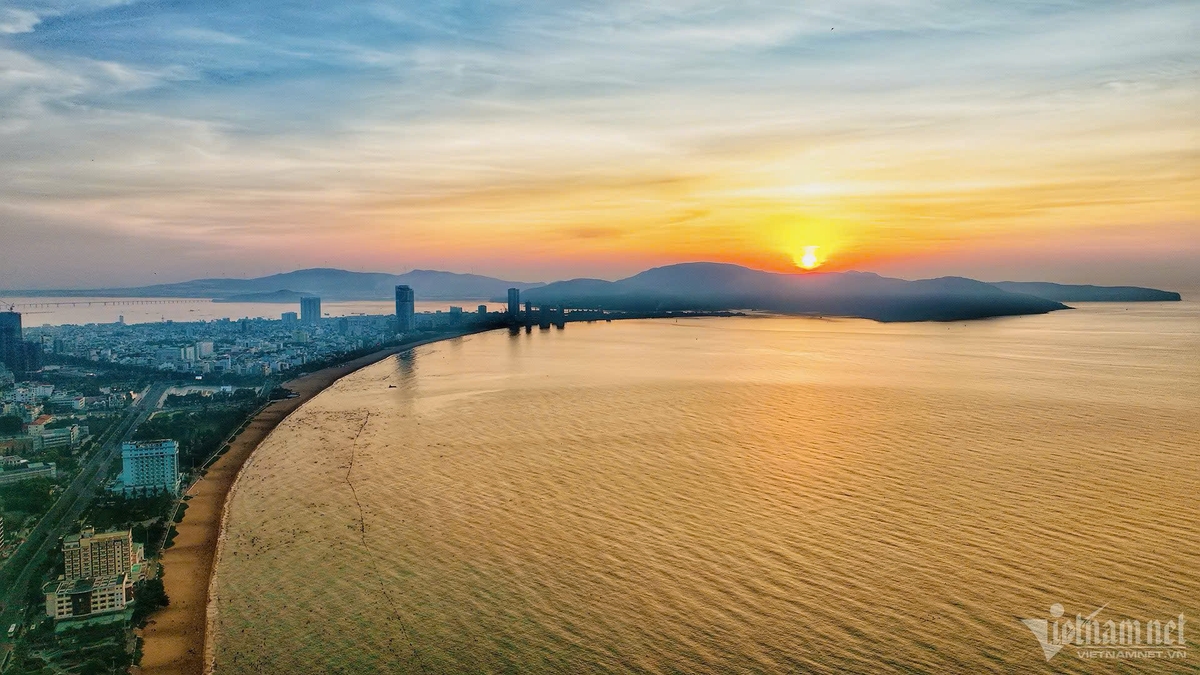
![[Photo] General Secretary To Lam and his wife begin their official visit to Bulgaria](https://vphoto.vietnam.vn/thumb/1200x675/vietnam/resource/IMAGE/2025/10/23/1761174468226_tbtpn5-jpg.webp)
![[Photo] Award Ceremony of the Political Contest on Protecting the Party's Ideological Foundation](https://vphoto.vietnam.vn/thumb/1200x675/vietnam/resource/IMAGE/2025/10/22/1761151665557_giaia-jpg.webp)
![[Photo] Da Nang: Shock forces protect people's lives and property from natural disasters](https://vphoto.vietnam.vn/thumb/1200x675/vietnam/resource/IMAGE/2025/10/22/1761145662726_ndo_tr_z7144555003331-7912dd3d47479764c3df11043a705f22-3095-jpg.webp)
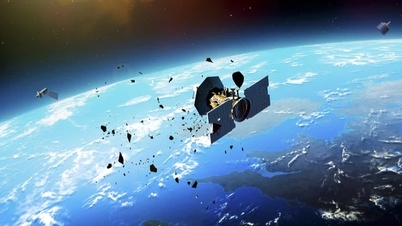

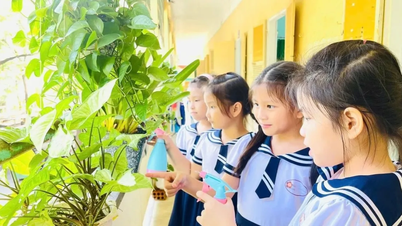
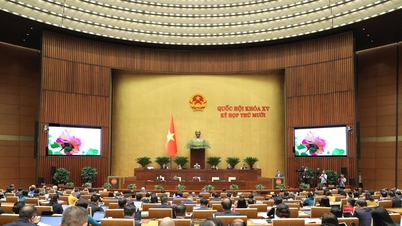

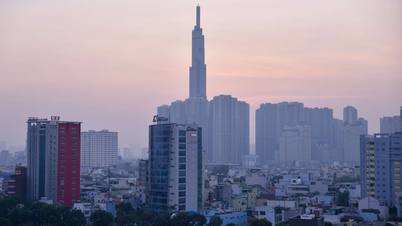




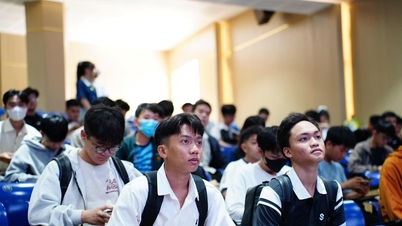

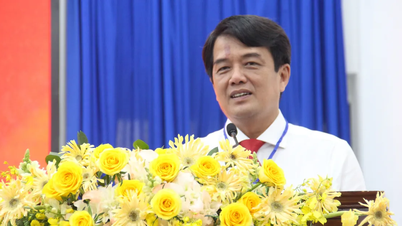
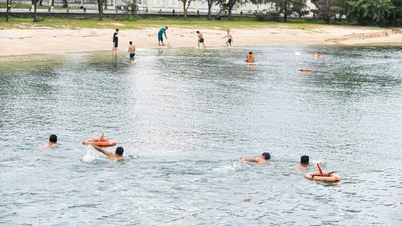

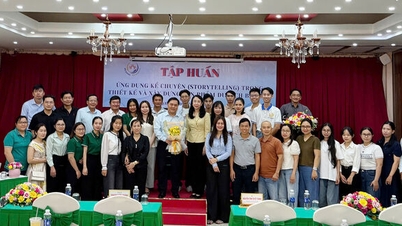
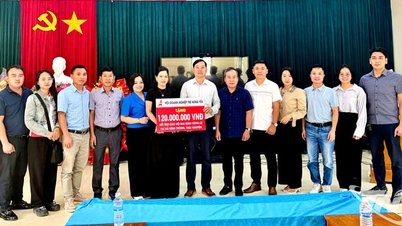

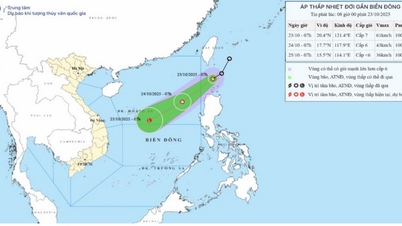





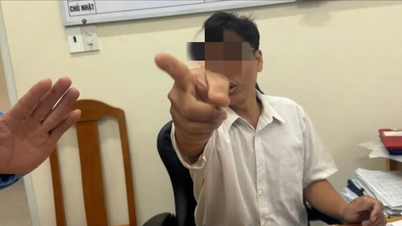
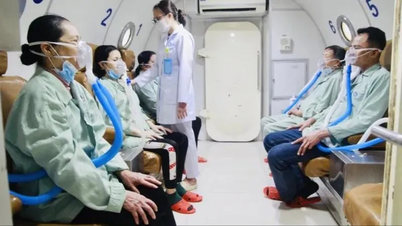
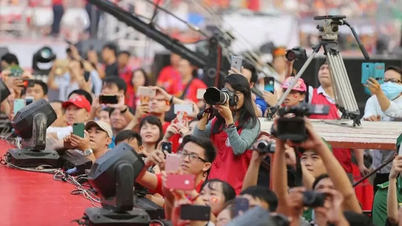
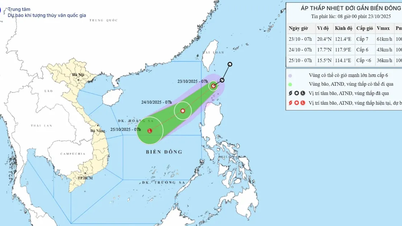








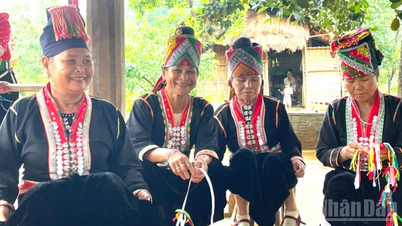



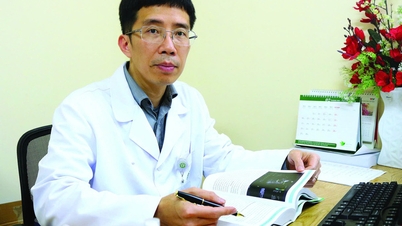

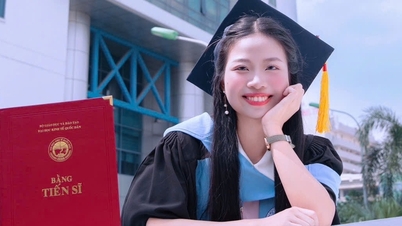

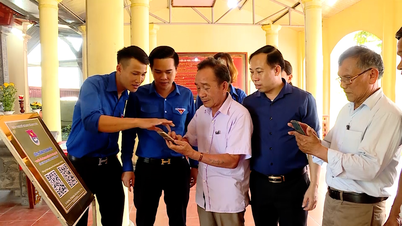




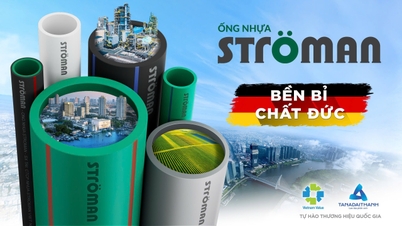

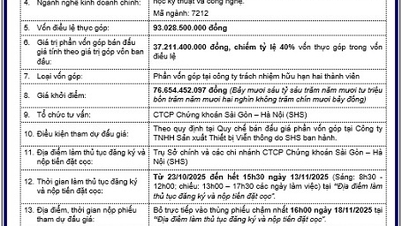
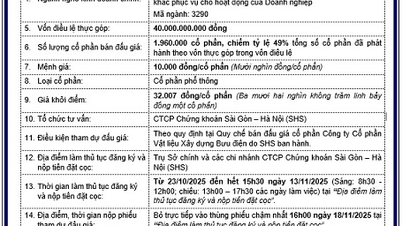

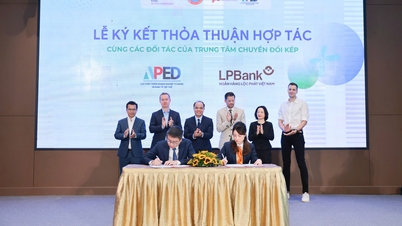

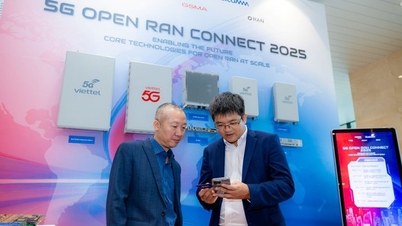











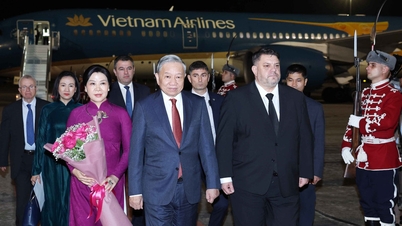

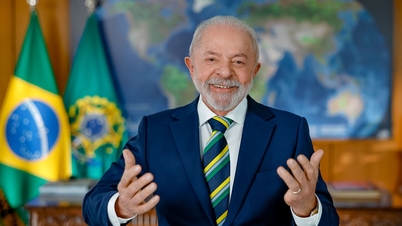

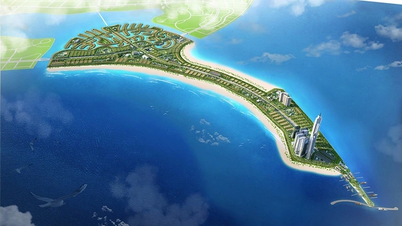
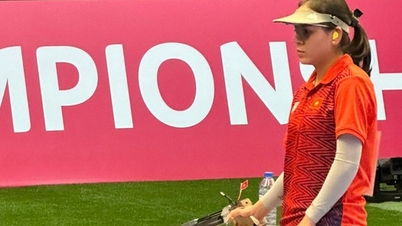

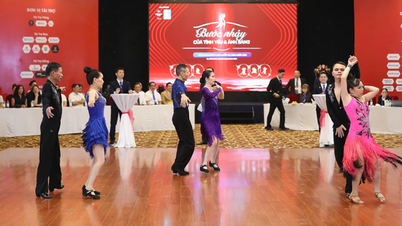
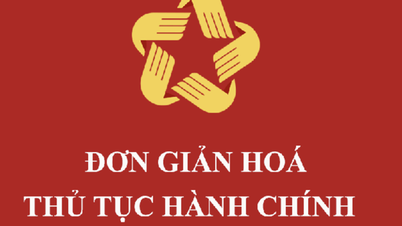
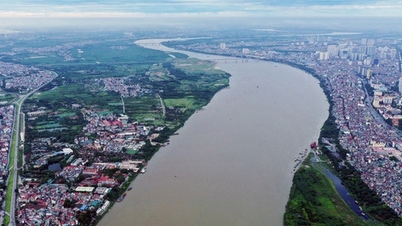
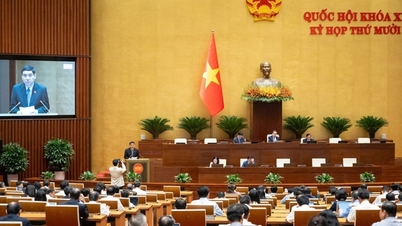
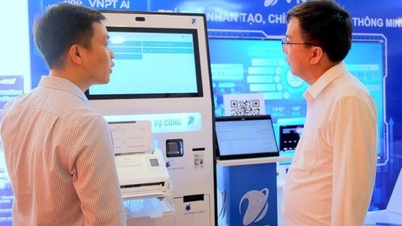

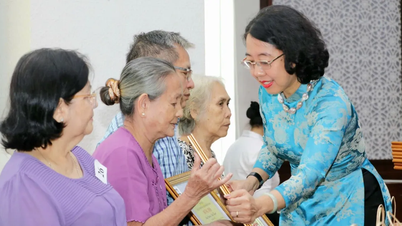
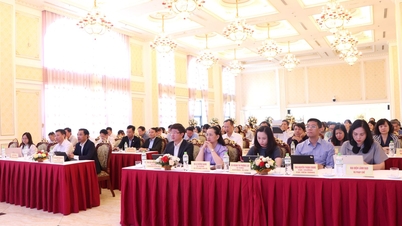
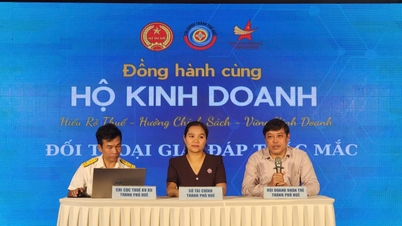

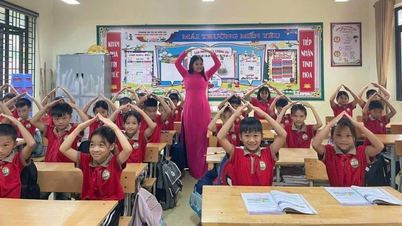

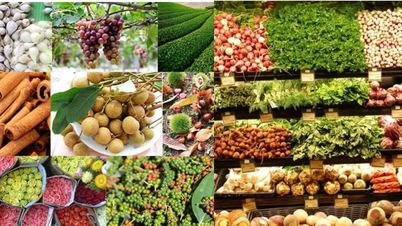

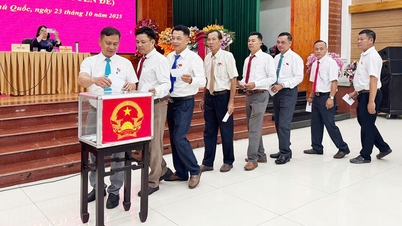











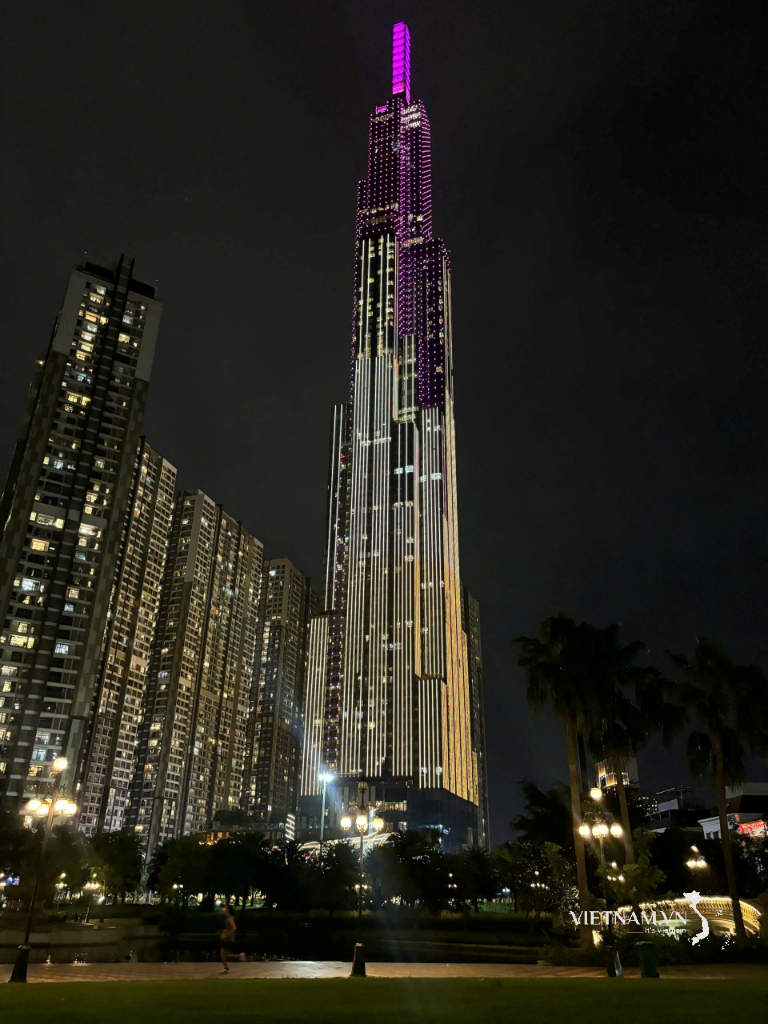


Comment (0)